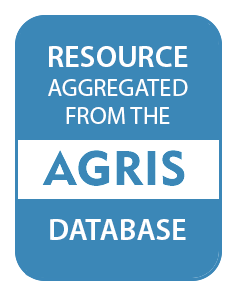Tree density and biomass assessment in agricultural systems around Lake Victoria, Uganda
Soil erosion caused by low vegetation cover associated with agricultural land use in the catchment is blamed for the eutrophication of Lake Victoria. Above-ground biomass as an indicator of vegetation cover and biodiversity was assessed using the Normalized Difference Vegetation Index, estimation of tree density and biomass with the aim of assessing the extent to which vegetation covers the soil surface. Tree density is significantly different between agricultural and semi-natural systems with an average of 96 and 90 trees ha⁻¹ observed in Rakai and Mayuge respectively.

